Our Story
Wombat Rescue Tasmania (WRT) was formed originally by community members in Kelso and Greens Beach in 2016.
Wombat Rescue Tasmania Inc. is a grassroots, self-funded community group, treating hundreds of wild wombats affected by sarcoptic mange Tasmania-wide. We are dedicated to treating and preventing wombat mange because if left untreated, the wombats suffer a protracted death through secondary infections.
How to tell if a wombat has mange
Wombats with mange are typically seen out in the daytime (note that wombats in cooler areas, such as Cradle Mountain, are also out in the daytime, but that does not mean that they have mange).
Mangy wombats are often seen in a culvert or near a water source as the infestation causes them to become very thirsty and they have to constantly graze to compensate for the loss of body heat.
Mangy wombats often have a white ring around their eyes, and appear to have stripes on their sides where crusty scabs form, and the hair falls out. The only hair left is often along the centre of the back, which makes the wombats look as if they have a strange hair style. Scabs are often seen on the legs and ears as well. Generally the body condition of a mangy wombat looks very poor and emaciated.

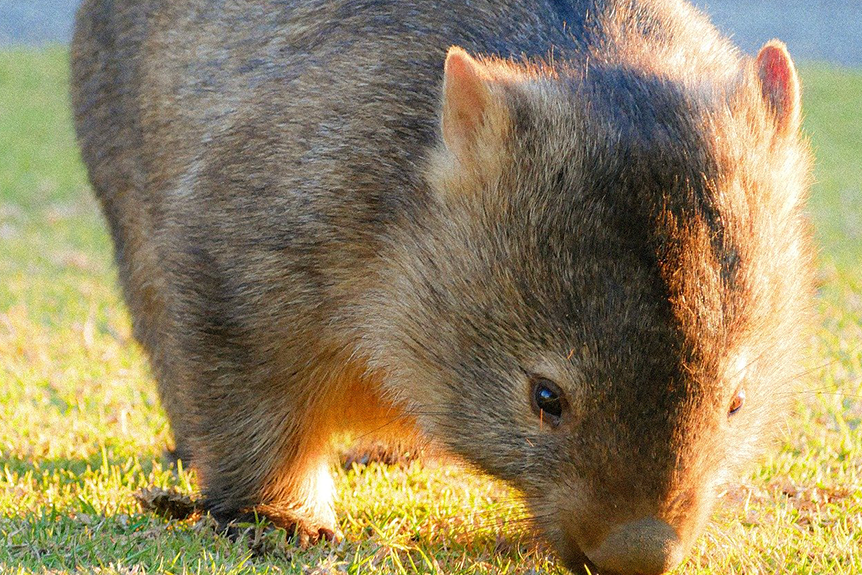
FAQs
No, as wombats are protected wildlife, all carers must have a special permit. Joeys require specialist care, similar to premature babies. A joey needs to be given the correct care and often veterinary treatment without delay when it loses its mother. The best thing to do is put the joey in a warm pillow slip or beanie, and take it immediately to a licensed carer or vet. Minimise all noise if travelling in a car. Do not try to feed or give water.
Yes, unfortunately, but the number of permits given out to farmers reduced to three last year on the back of the ‘No Cull’ campaign run by Wombat Warriors–however, that equates to 150 wombats that could be shot, and we don’t want to lose any more healthy ones when there are so many with mange. Shooting wombats unnecessarily only jeopardises the long term future of the wombat species in Tasmania.
The precautionary principle must be enacted to ensure wombats do not become a threatened species.
DPIPWE (The Department of Primary Industries, Water and the Environment) – note that this acronym does not refer to wildlife specifically – does have a wildlife management area, which has given our group a permit to treat mange.
DPIPWE is not treating wombats itself, treatment programs are entirely driven by the community. DPIPWE has made, however, some funds available in the form of a refund limited to $3000 per group. There is also a mange fact sheet for the public now on their webpage.
Yes! Wombat Rescue Tasmania Inc is a recognised not-for-profit group that is a recognised gift recipient, so that means that every donation over $2 is tax deductible! WRT is hoping to buy land where the Kelso wombats can continue to live without the threat of being bulldozed.
Donations are used to support our treatment programs, supply kits to the public, provide training and insurance coverage for volunteers, purchase equipment such as motion sensor cameras for fieldwork, and to assist carers who look after orphaned joeys, whose mothers have died as a result of mange or road accidents. The long term goal of WRT is to buy land that can be used as a sanctuary for the soft release of wombats and to secure habitat.
Ivermectin is an injectable alternative, but wild wombats would require a series of three injections given by a veterinarian. This is not a practical solution for use in the field.
Free-living or wild wombats are likely to suffer from a stress-related death if we tried to capture them. Transportation is difficult and wombats with mange are already severely compromised, so physically are not usually able to cope with this type of intervention.
The burrow-flapping method offers an alternative to euthanasia if the wombat does not have a secondary infection. The burrow flap method that uses Cydectin is a slow process, but this is currently the main method that has had some success in helping wombats recover from the infestation. At the very least, Wombat Rescue Tasmania is there trying to help wombats that would have otherwise died an agonising death ‘out of sight and out of mind’. In addition, wombats that do not have a secondary infection are given the chance to become healthy.
Every wombat we can save will be critical in the fight to save this species.
There are some steps that you can take to help us locate the wombat.
- Get a photo or video – so that we can determine if the wombat has mange or has an injury.
- Record the location on your phone using Google Maps.
- Call Wombat Rescue Tasmania as soon as possible, on 0419 585 001, fill out the contact form on this site or leave a message on our Facebook page.
- If it is safe to do so, pull over to check to see if the wombat is deceased and whether has a joey in the pouch.
- Pull the deceased wombat off the road by its front legs, and roll it over on its back to check whether it is male or female.
- It is a good idea to keep gloves in the car for handling the wombat, and a pillow case or warm soft beanie in case of an orphan.
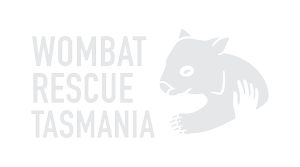

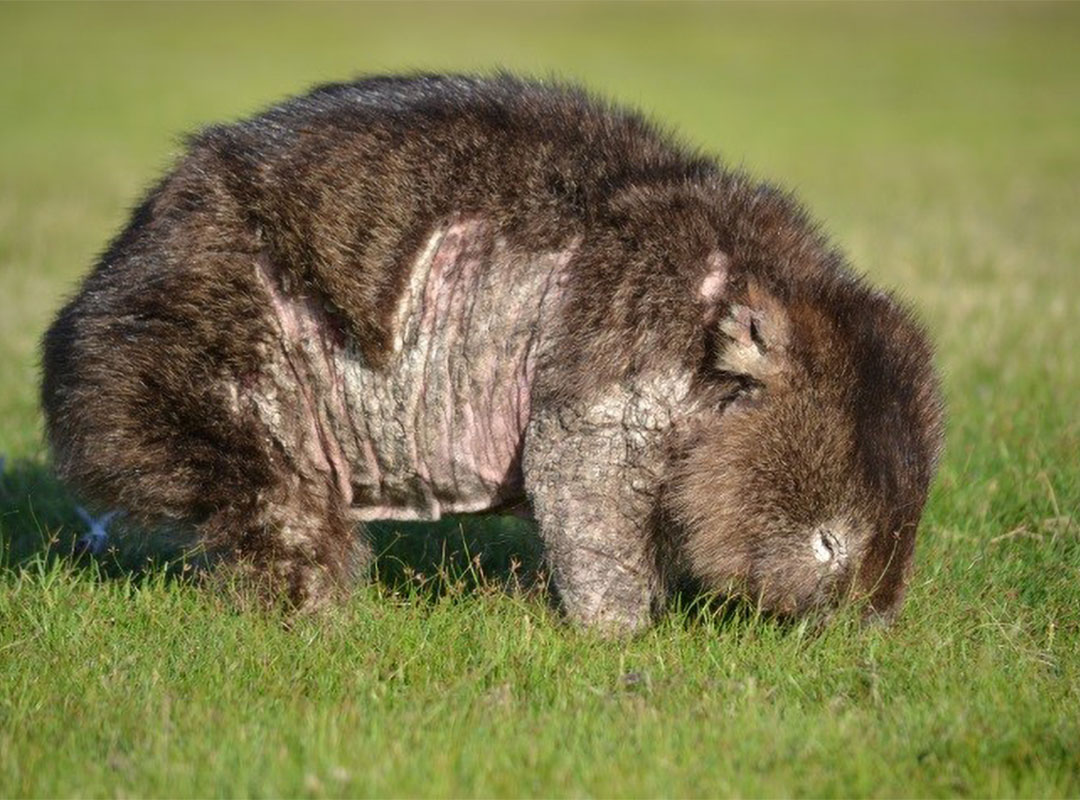

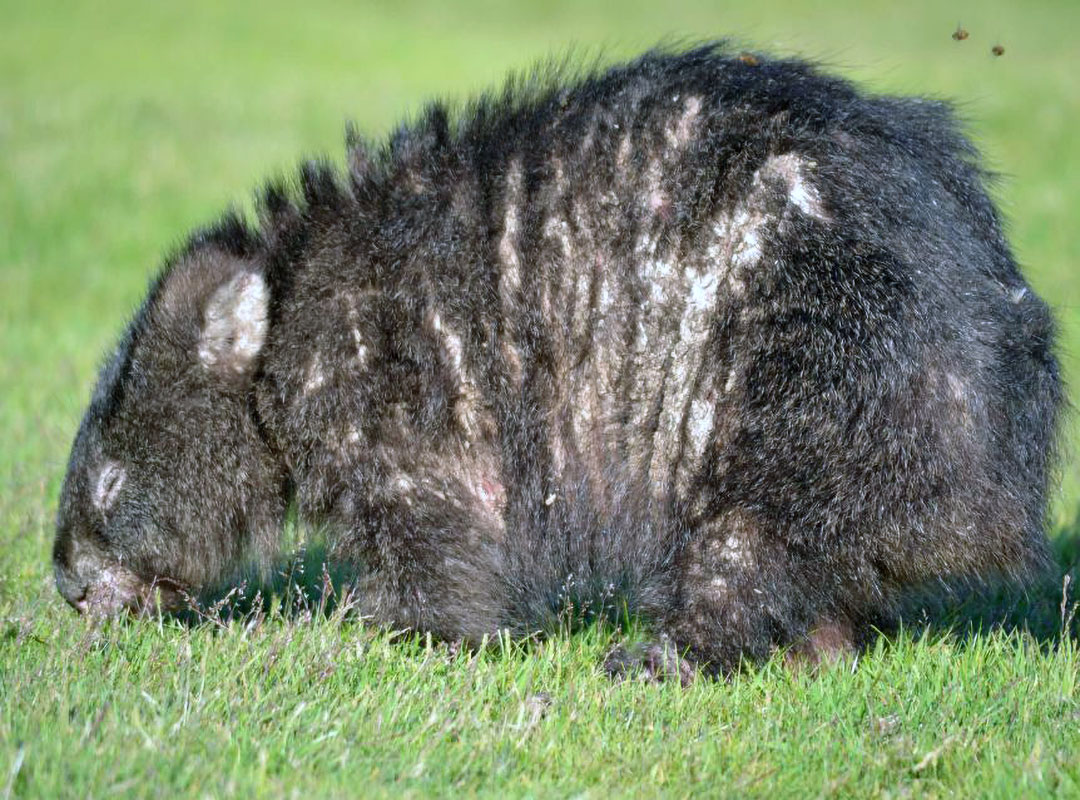
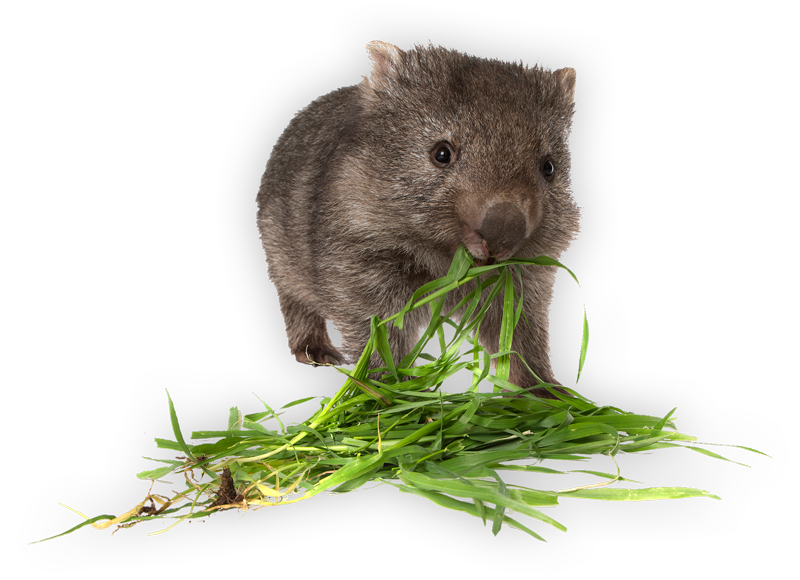
Keep In Touch